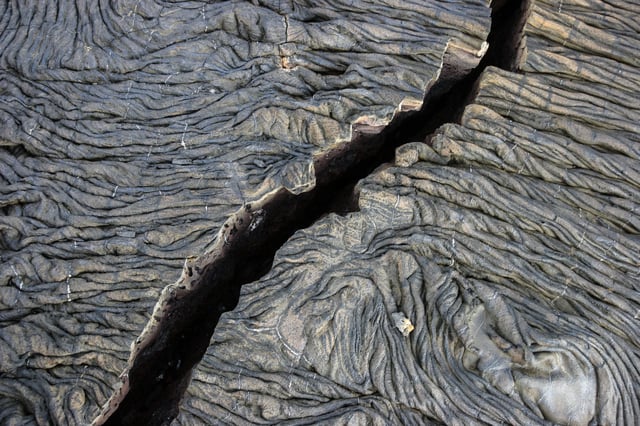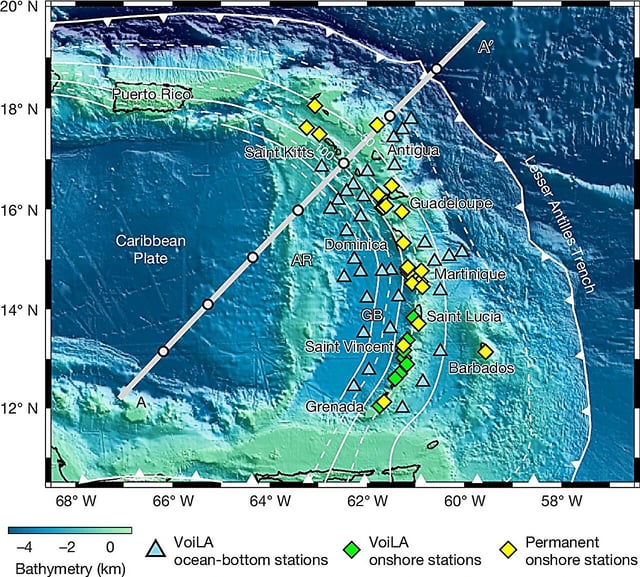Overview
- A groundbreaking study reveals that ancient tectonic histories create compositional anomalies in oceanic plates, influencing their subduction behavior.
- The mantle transition zone (MTZ), between 410 and 660 kilometers deep, acts as a gateway that can slow or stagnate sinking tectonic plates due to its basaltic composition.
- Researchers identified an exceptionally thick MTZ—approximately 330 kilometers—beneath the Lesser Antilles, the thickest observed globally in this region.
- Subducting oceanic slabs, around 100 kilometers thick, contain significant basaltic material that impacts their interaction with the mantle's layers.
- The findings stem from the VoiLA project, which deployed 34 ocean-bottom seismometers to better understand subduction processes in the Atlantic region.


